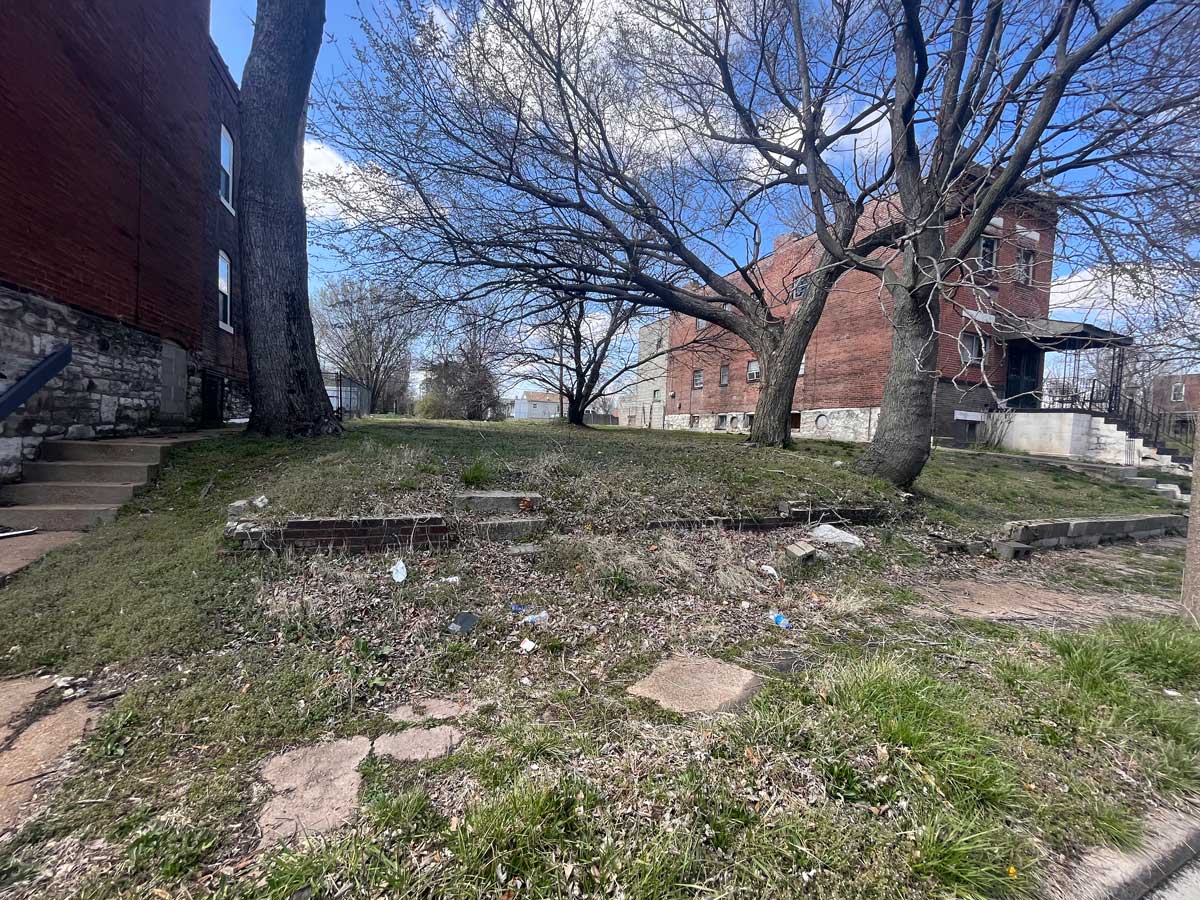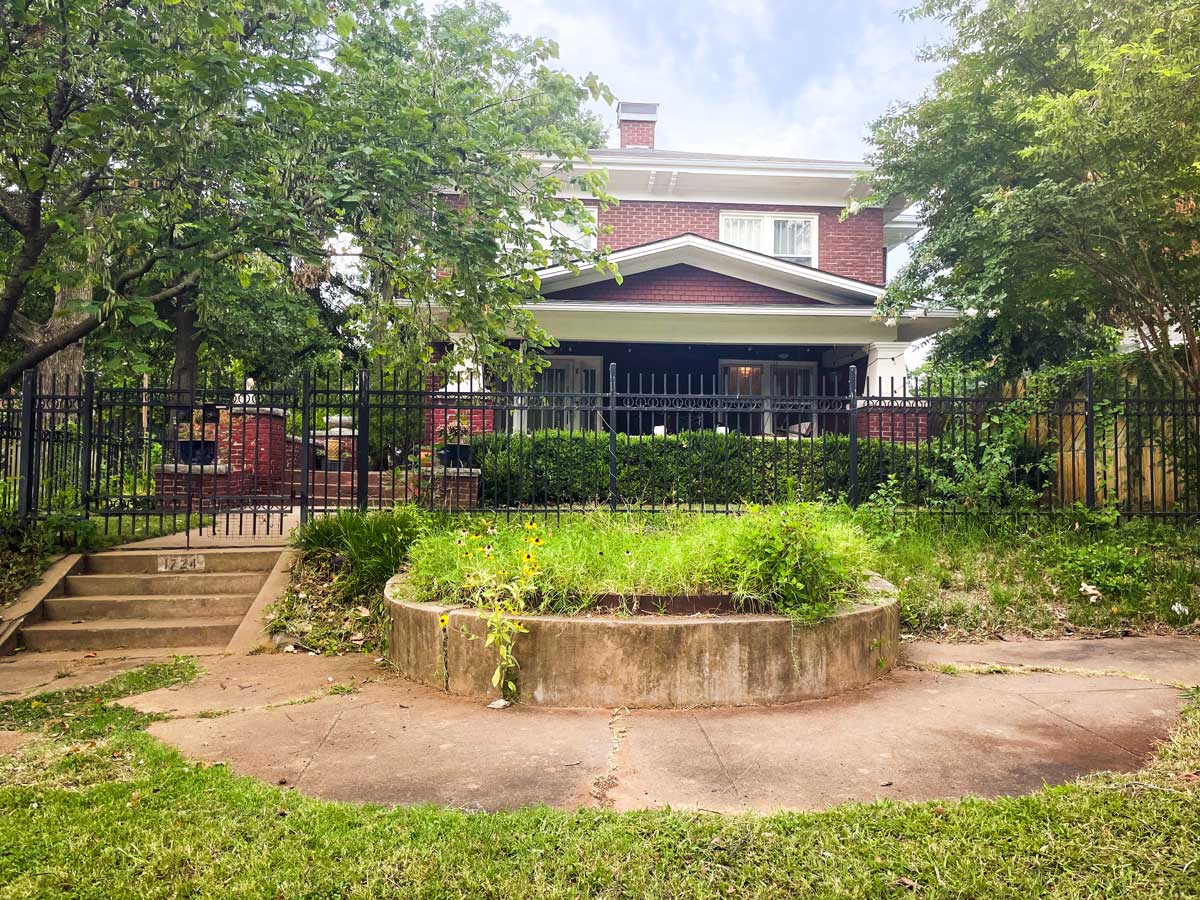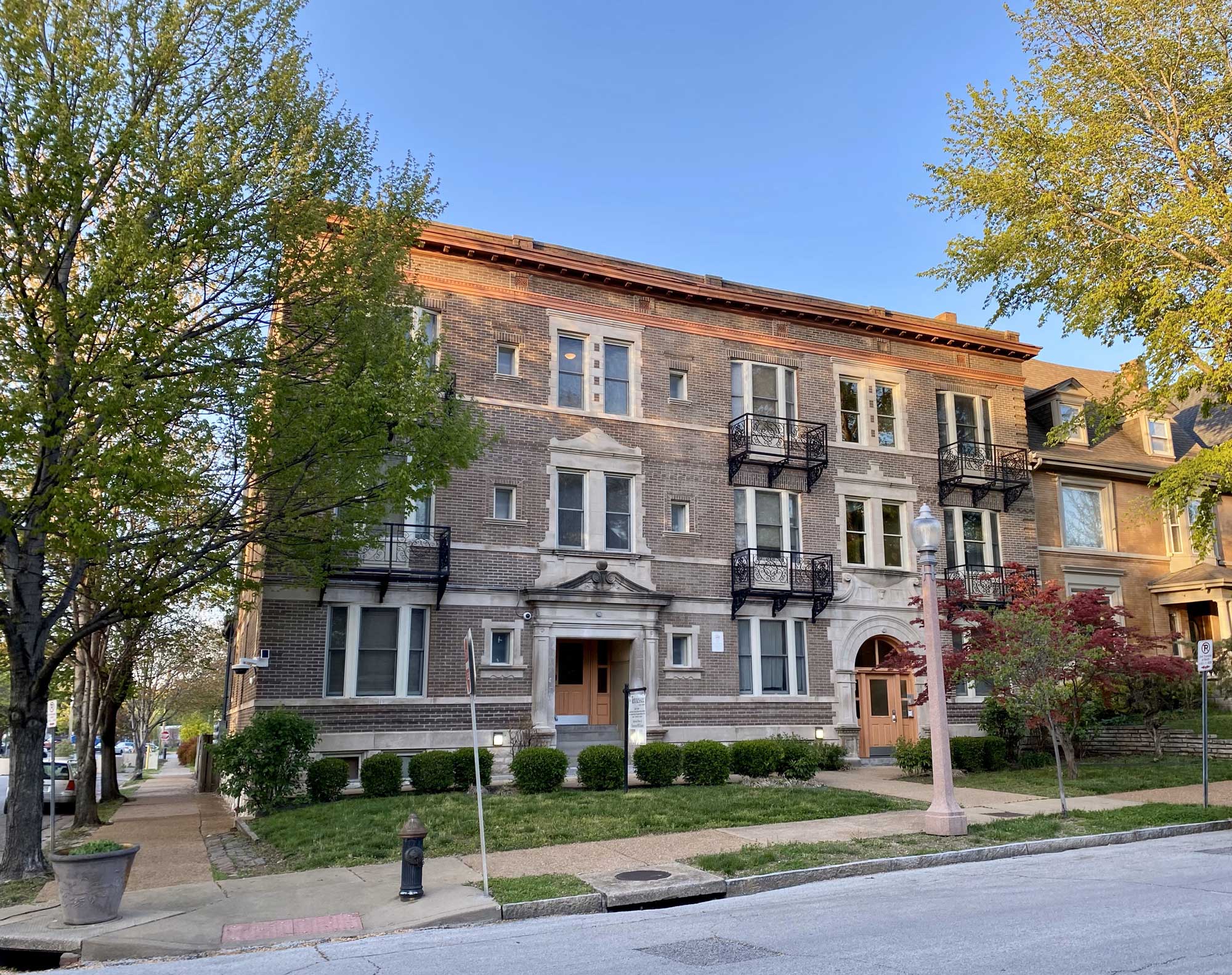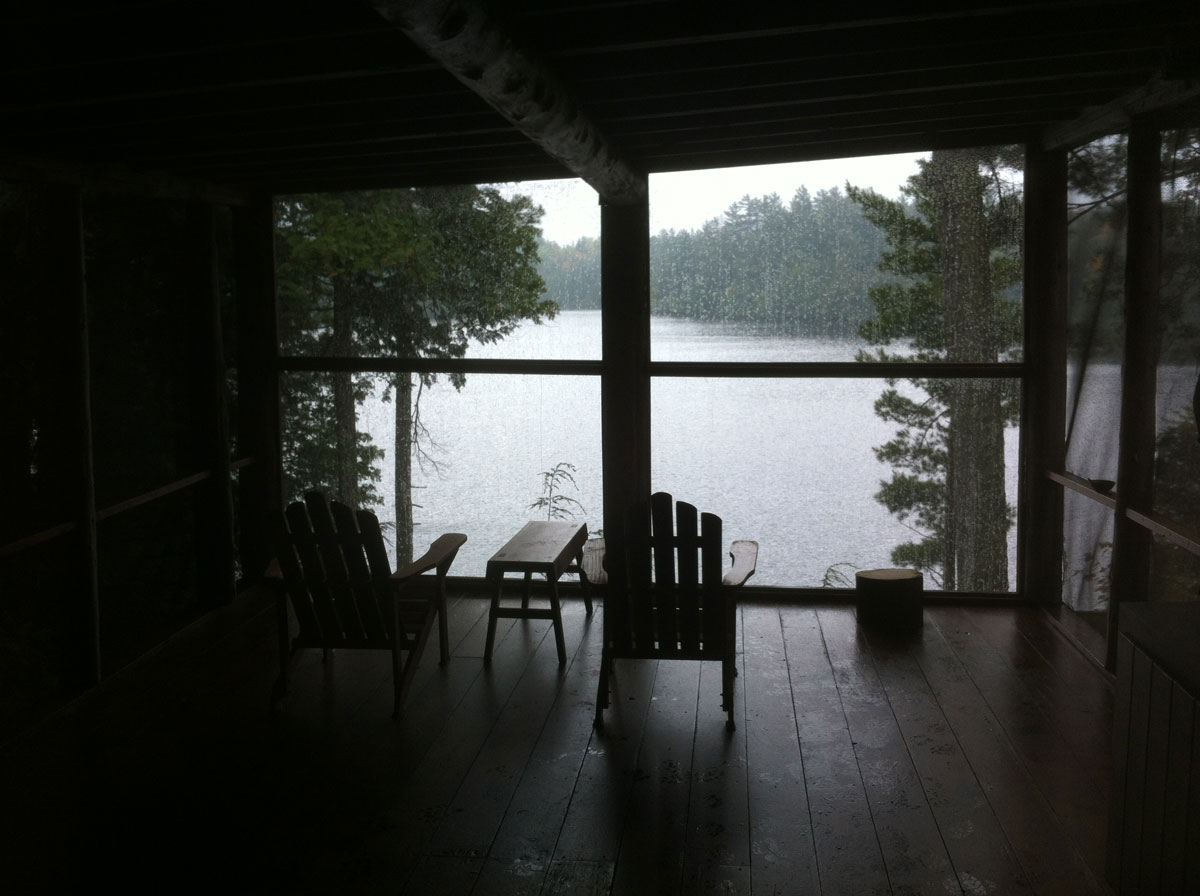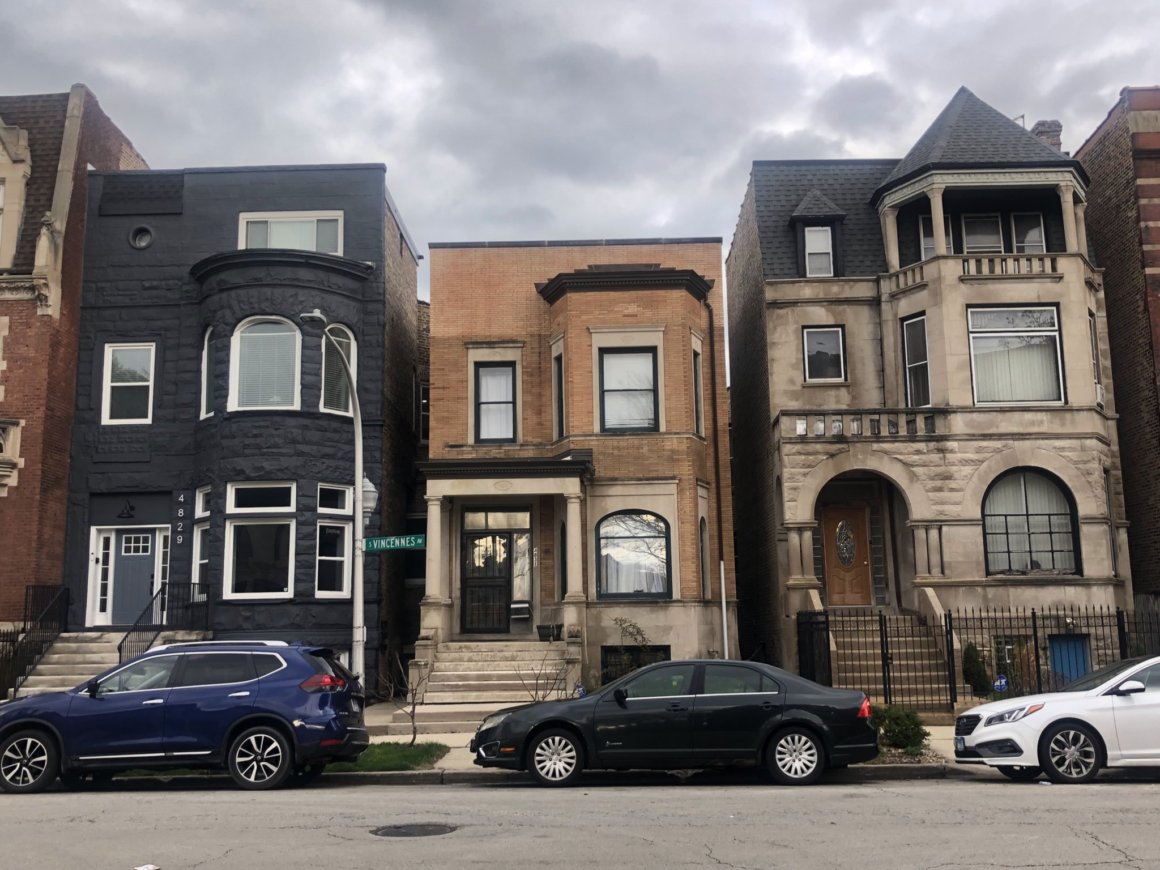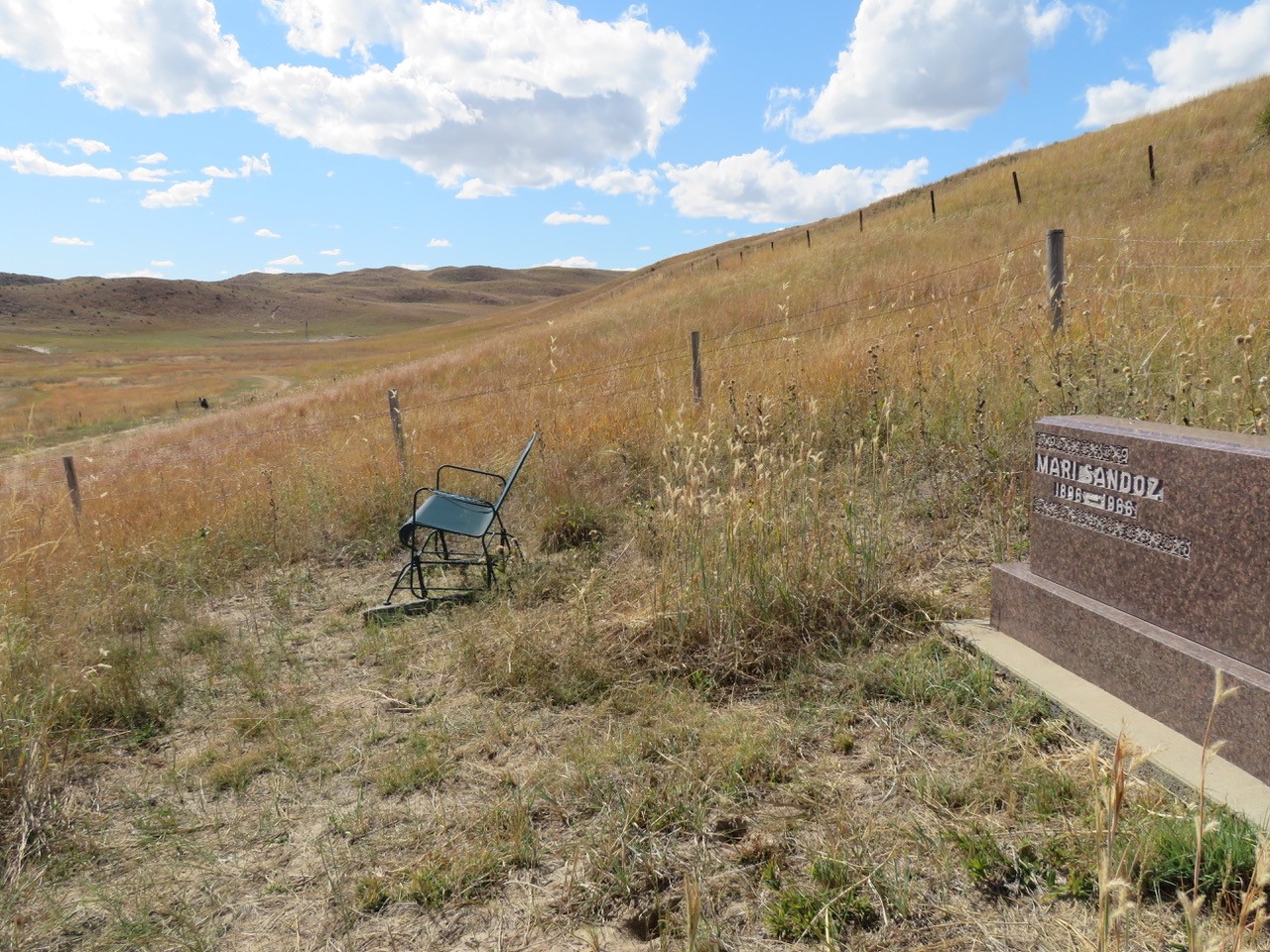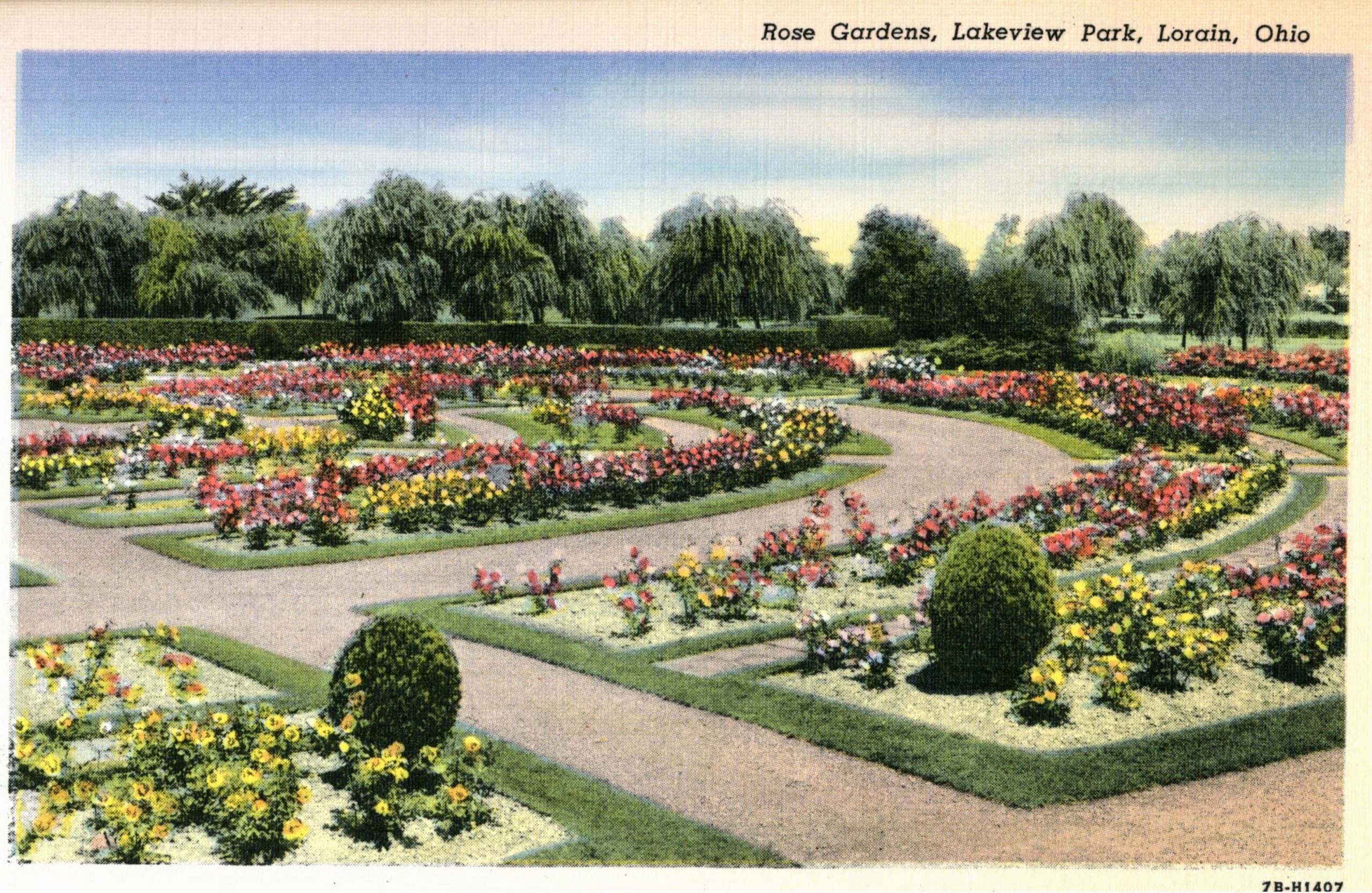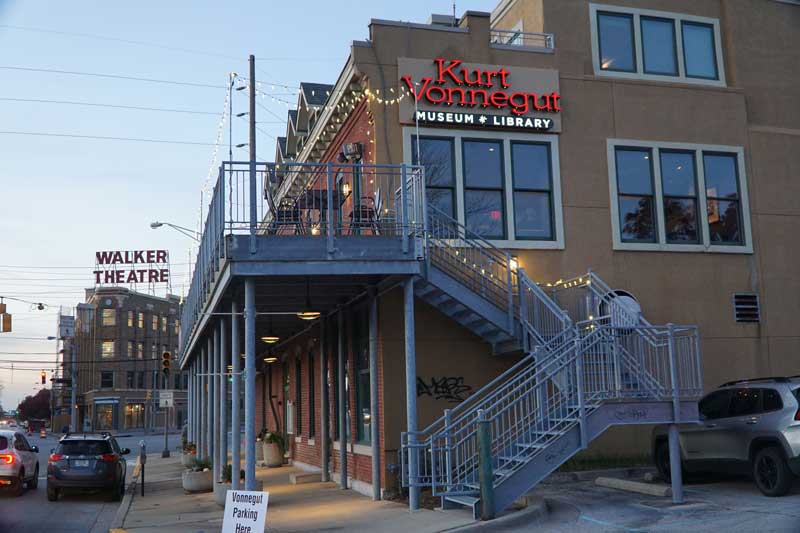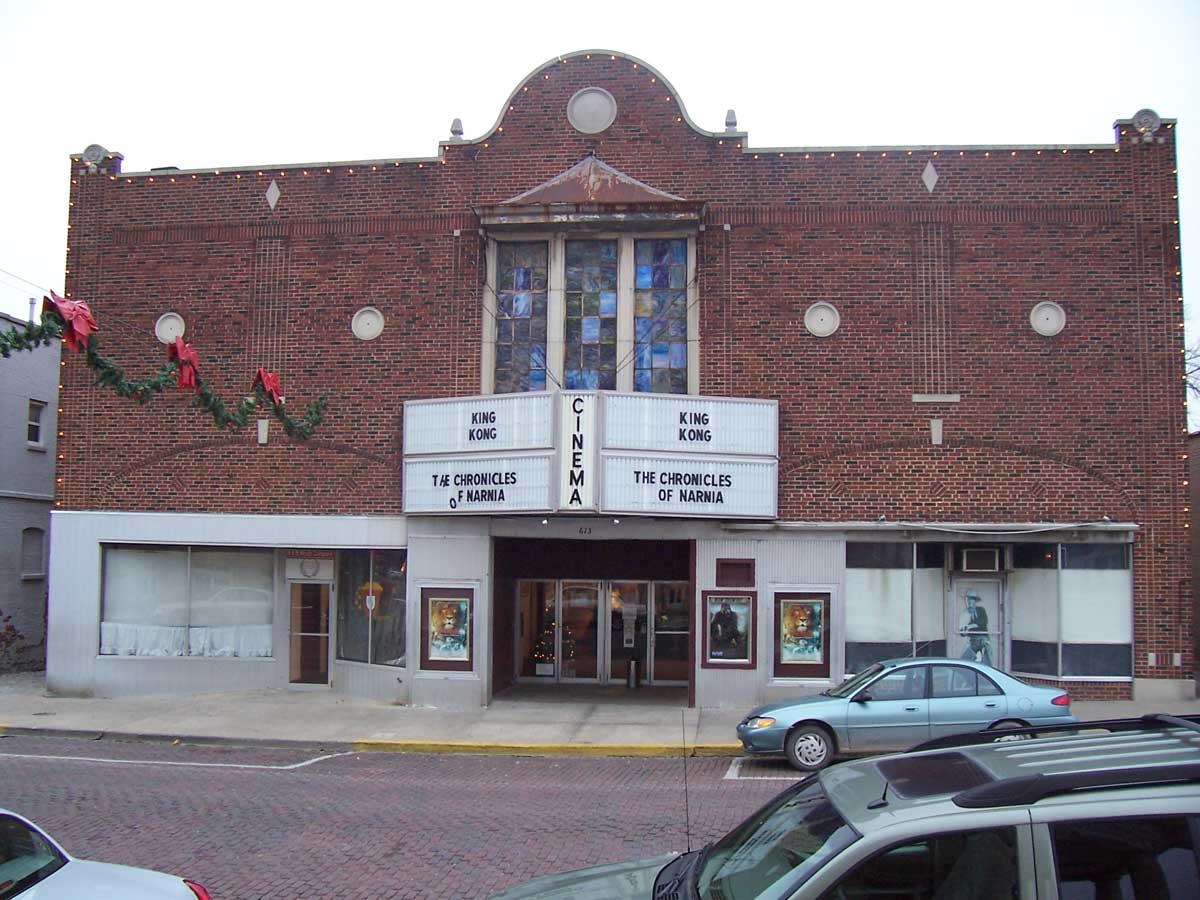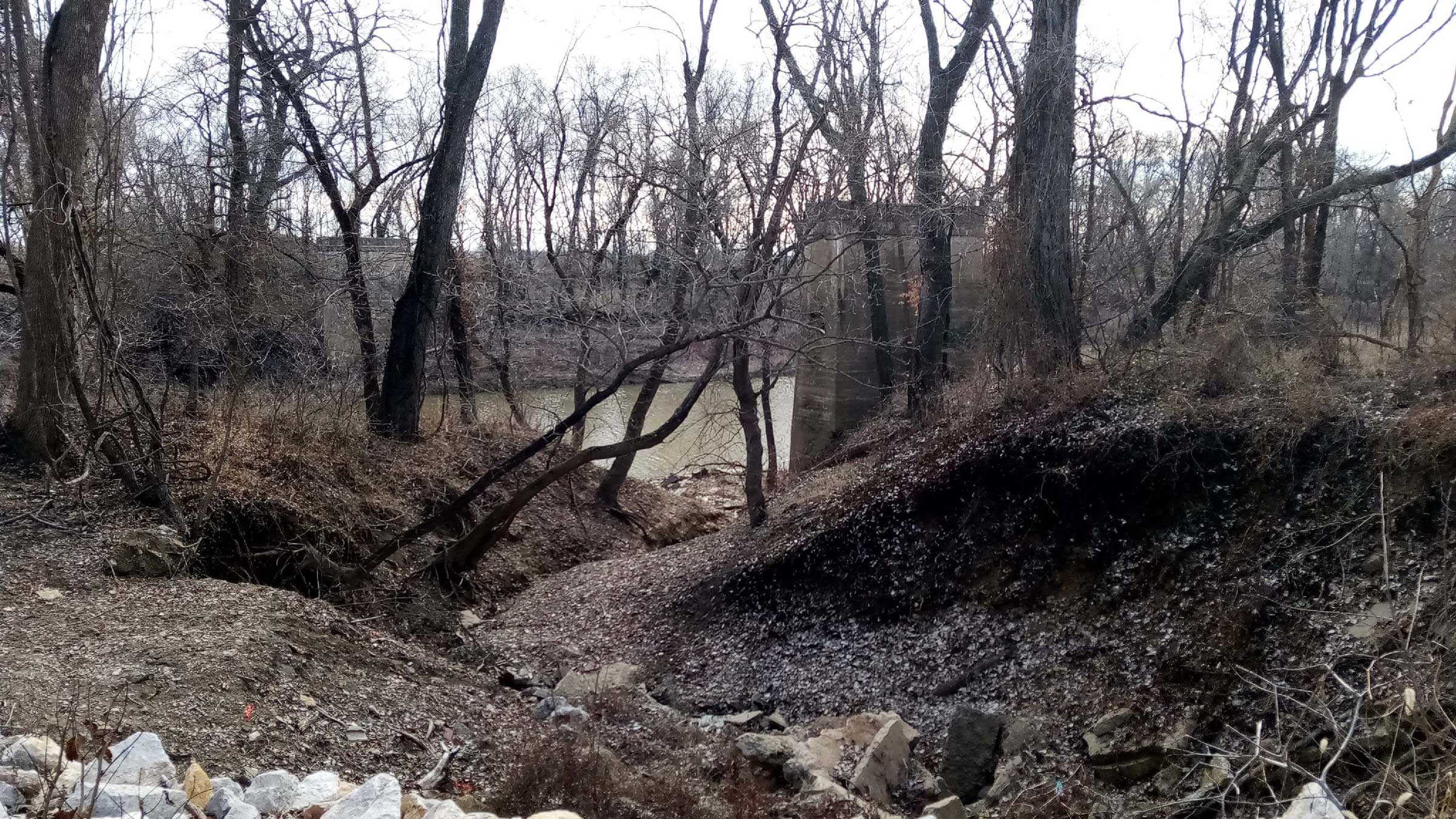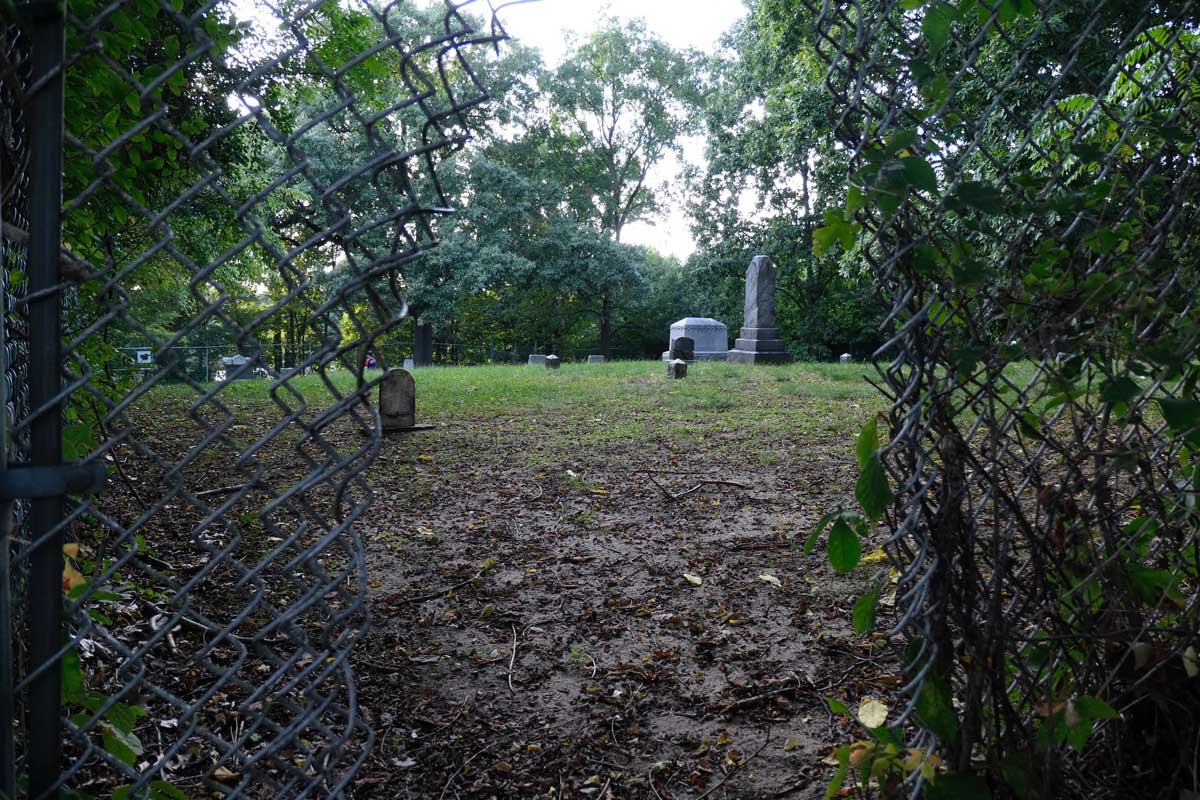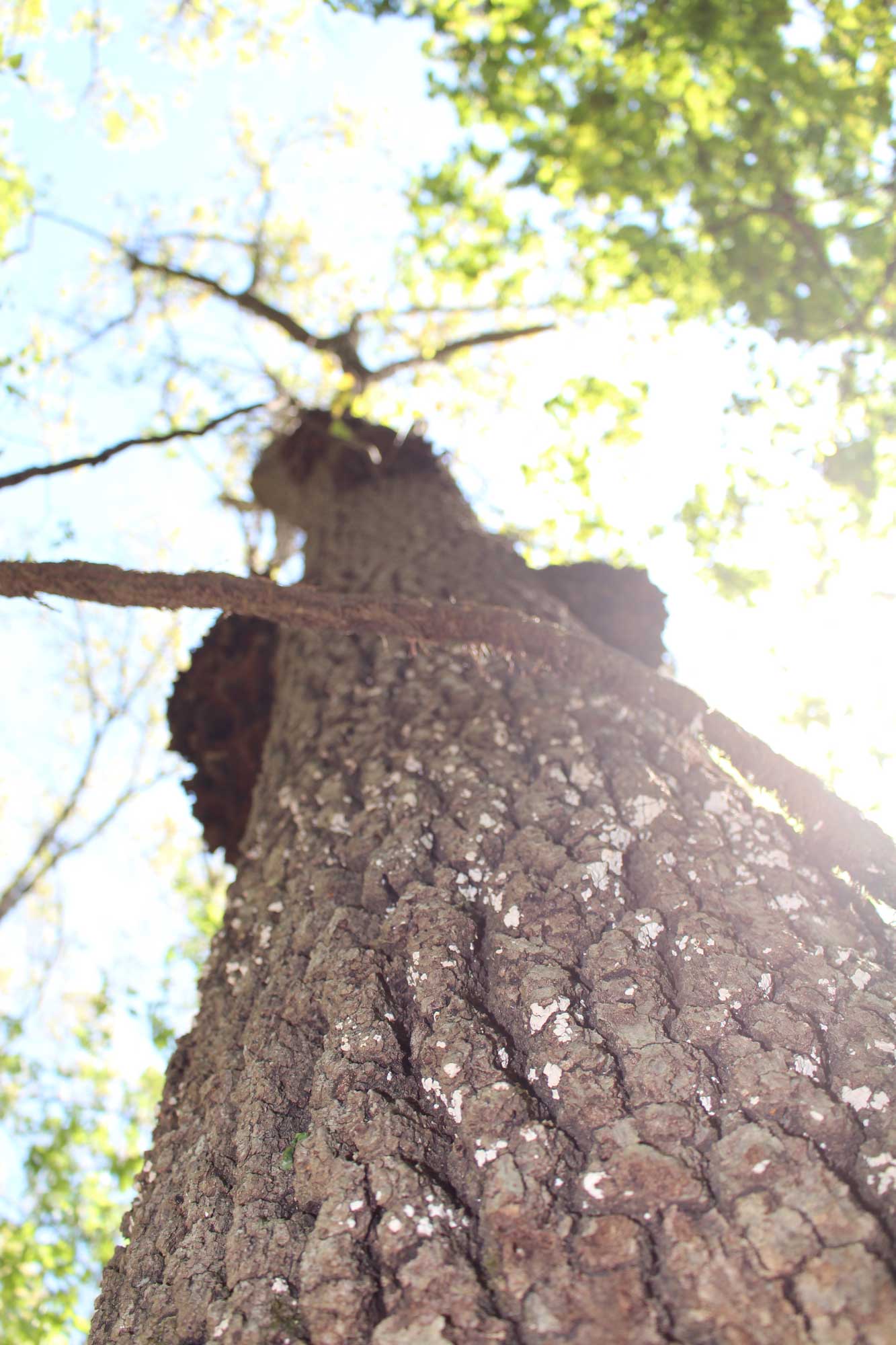WILLA CATHER
The Fine Arts Building
Chicago, Illinois
By Jesse Raber
Chicago isn’t an iconic setting for Willa Cather, the great novelist of the prairies. Yet, in a sense, during Cather’s time Chicago writing was prairie writing. When H.L. Mencken crowned Chicago “The Literary Capital of the United States” in 1920, he credited the city’s literature to the “remote wheat-towns and far-flung railway junctions” of its hinterland. “The newcomers who pour in from the wheat lands,” he wrote, full of “elemental curiosity” and “prairie energy,” seek in the city’s cultural scene “some imaginative equivalent for the stupendous activity they were bred to.” Mencken’s description of country talent “pour[ing] in” to the city seems to imagine Chicago writing as a river fed by the vast “Middle Empire that has Chicago for its capital.”
But where Mencken, the consummate urbanite, saw brain drain, Cather sees back-and-forth circulation between country and city. Chicago drummers teach the townsfolk the latest songs in My Ántonia, and the South Dakota grande dame in A Lost Lady often entertains Chicago friends. The Chicago voice teacher Madison Bowers, in The Song of the Lark, trains soloists from across the Midwest and takes “long journeys to hear and instruct a chorus.” The closing paragraph of The Song of the Lark sums up the dynamic:
The many naked little sandbars which lie between Venice and the mainland, in the seemingly stagnant water of the lagoons, are made habitable and wholesome only because, every night, a foot and a half of tide creeps in from the sea and winds its fresh brine up through all that network of shining waterways. So, into all the little settlements of quiet people, tidings of what their boys and girls are doing in the world bring real refreshment; bring to the old, memories, and to the young, dreams.
The prairie towns aren’t unsoiled streams flowing into the urban river; they are points in a “network” that regularly communicates, through Chicago, with a wider world.
Cather’s Chicago itself is a symbol of hypercirculation, a “blur of smoke and wind and noise” whose disorienting flux creates eddies of creativity. “In little towns,” Cather writes in Lucy Gayheart, “lives roll along so close to one another; loves and hates beat about, their wings almost touching.” By contrast Chicago, with its uncaring crowds, allows Cather’s prairie-bred artists to make themselves secret nests. Rather than exposing them to a wider swath of humanity, the city helps them find themselves and their own kind.
The most memorable of these artistic aeries is the singer Clement Sebastian’s studio in the Fine Arts Building. Practicing there, Lucy Gayheart feels “it was as if they were on the lonely spur of a mountain, enveloped by mist. They saw no one … heard no one; the city below was blotted out.” Located a few blocks south of the Art Institute on Michigan Avenue, the Fine Arts Building has cultivated artistic tenants since 1898. A ten-story structure in the Richardsonian Romanesque style of rusticated stones and stately arches, in Lucy’s day it was the city’s literary epicenter, and many of its greatest occupants presented themselves as obscure “little” niches in the big boisterous city. There was the Little Room, an aesthetic society featuring Hamlin Garland and Harriet Monroe (among many others); Margaret Anderson’s Little Review, which faced obscenity charges for publishing parts of Ulysses; and Ellen von Volkenburg and Maurice Browne’s movement-launching Little Theater.
Today the Fine Arts Building still has some of that cloistral spirit. When I first went inside, during an open studio night, it was like stepping between worlds. Lush Art Deco murals cover the lobby walls, and the antique elevators have human operators. The upper floors are all dark wood trim and muted white paint, like the outside of a Tudor house. That evening, drifting between studios, each its own aesthetic universe, I bought a postcard-sized watercolor of Colorado pines, painted at the western fringe of Chicago’s old railroad kingdom.
Years later I returned to visit the new Dial Bookshop, named for the old magazine and decorated with portraits of Chicago writers, including fellow Fine Arts tenant L. Frank Baum. The store was lovely, but I wondered if this veneration of the building’s past meant that creativity had lapsed into nostalgia. This question bothered me as I thought about what the Fine Arts Building represents today.
One evening, as I was brainstorming this vignette, I joined a six-foot-spaced circle around a fire pit on my friends’ lawn. “Does anybody happen to have any stories,” I asked, “about the Fine Arts Building?” It turned out they did. I heard about a filmmaker with an office there, working for years on a documentary about feuding martial artists. Another friend recalled her amazement at wandering into a violin-maker’s workshop — a luthier’s shop, she insists — while looking for a replacement guitar string. (The luthiers were unhelpful.) A third reminisced about how the old movie theater there casually mixed art house and mainstream films. Some of that old spirit of hidden wonders lives on, it seems. My favorite story, though, was a little older — about one friend’s dad who used to take the Greyhound there to see films that didn’t play in his hometown. He sometimes had to leave the movie early to catch the bus back to DeKalb, Illinois, way out in Chicago’s Middle Empire.
Jesse Raber is an Instructor at the Harvard Extension School and has also taught literature courses at several Chicago universities (School of the Art Institute of Chicago, Loyola University of Chicago, University of Illinois at Chicago). He is the co-creator of the Chicago Writing gallery at the American Writers Museum and is currently working on a literary history of Chicago.
Willa Cather Special Edition
Please enjoy this special volume of Literary Landscapes focused exclusively on Willa Cather. Although Cather is well known as a writer of the plains, she has substantial attachments to places all across the country — and that means we get to stretch Literary Landscapes beyond our customary Midwestern boundaries!
Special thanks to the National Willa Cather Center for access to portraits of Cather and archival photos of Mount Monadnock and the Pavelka Farmstead. Located in Cather’s hometown of Red Cloud, Nebraska, the NWCC is an archive, museum, and study center owned and operated by the Willa Cather Foundation, which also maintains the largest collection of historic sites and landscapes related to any American writer.
Thank you for reading! If you would like to contribute to Literary Landscapes, click here for more information and a list of potential sites.
Andy Oler, Outpost Editor
The New Territory






